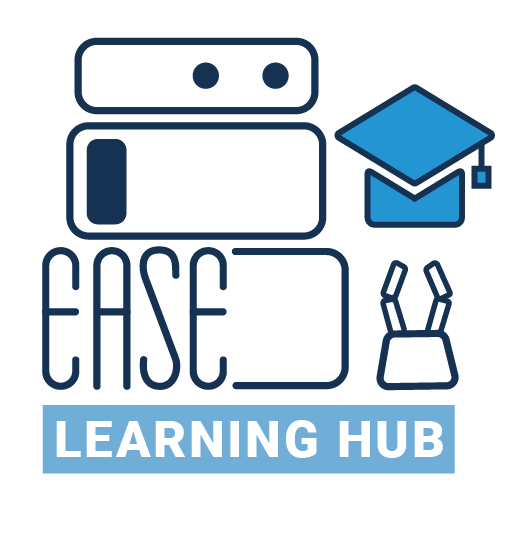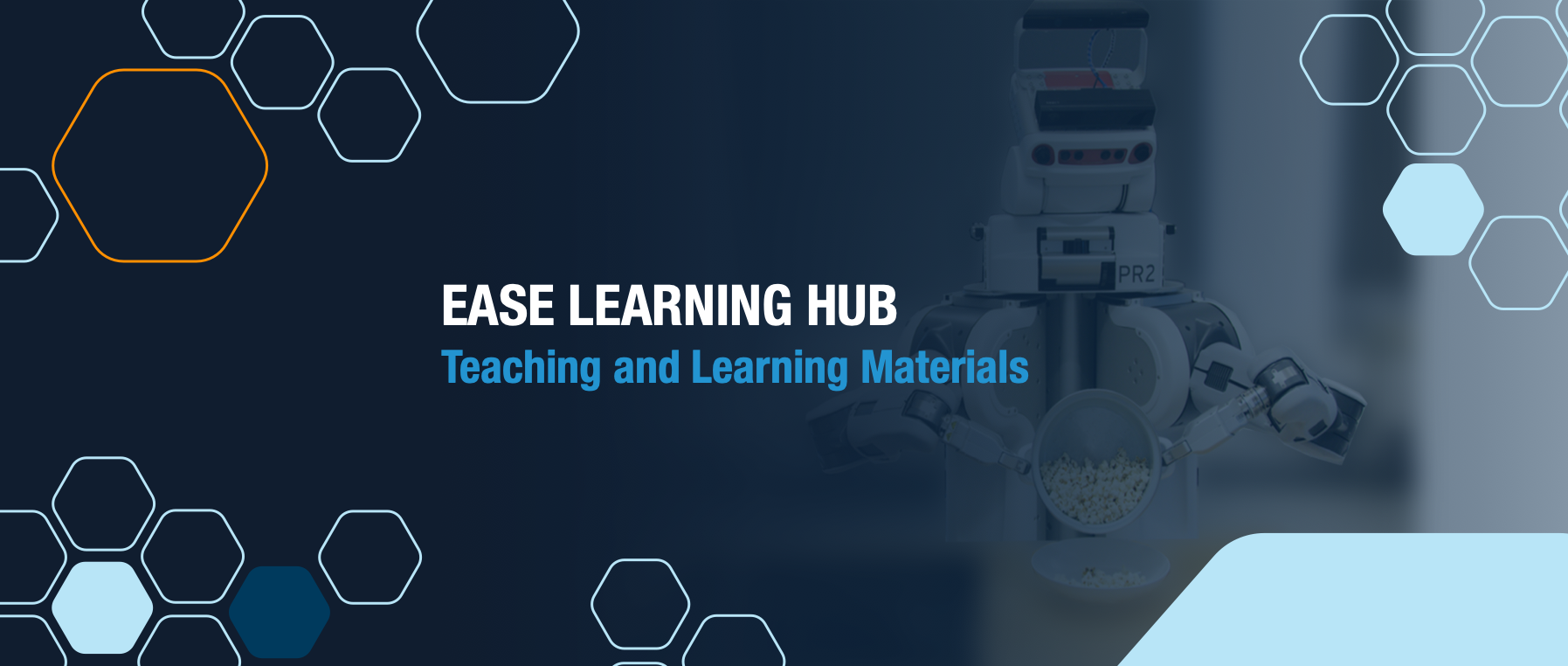Interactive task learning - A cognitive architecture approach
Part 9: Learning is a topic that concerns us all. We learn new things every day or repeat what we have already learned. But what is the best way to learn? And can we map this knowledge onto algorithms? John Laird addresses these questions in his exciting presentation and tries to give us answers.

